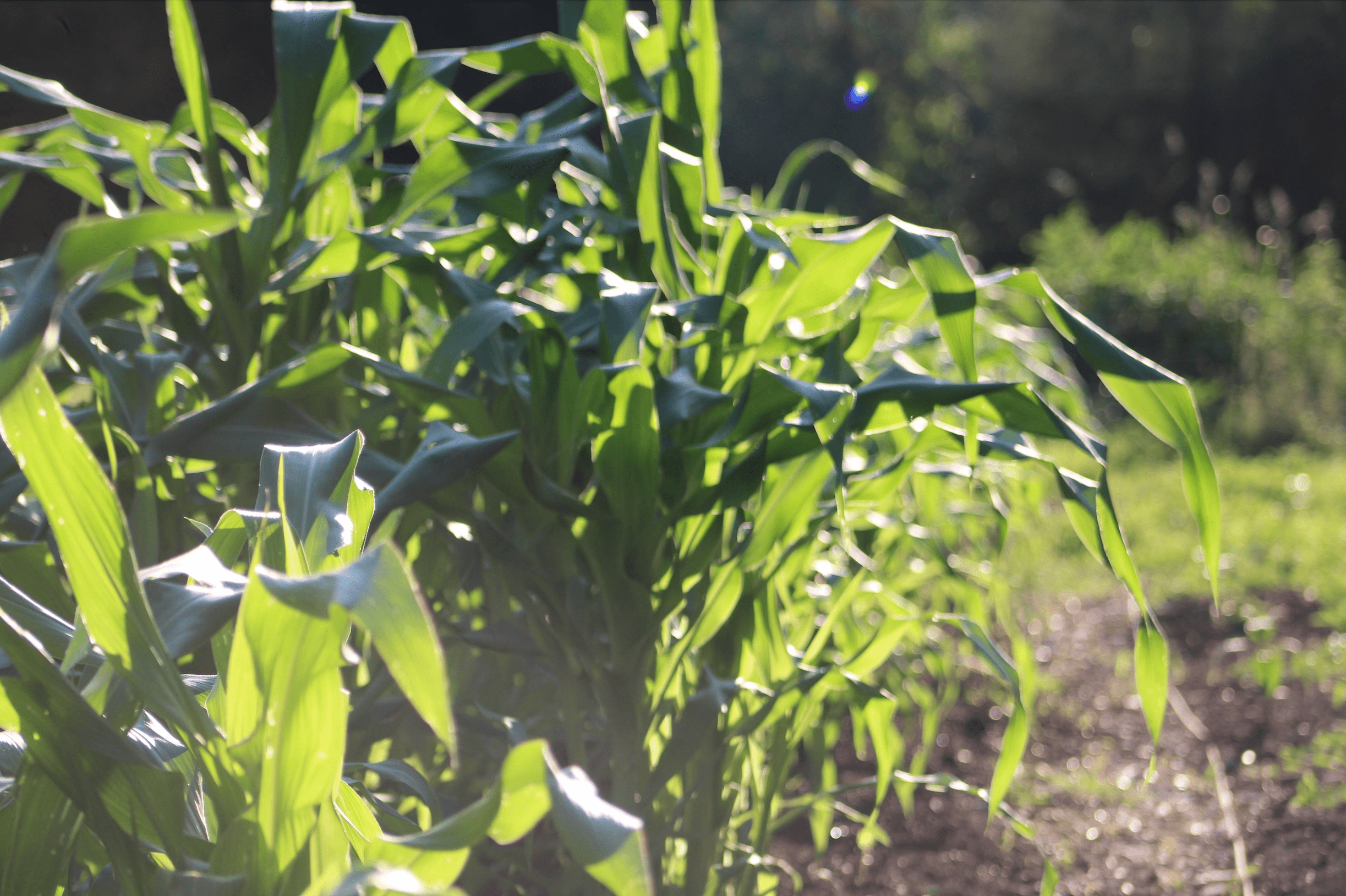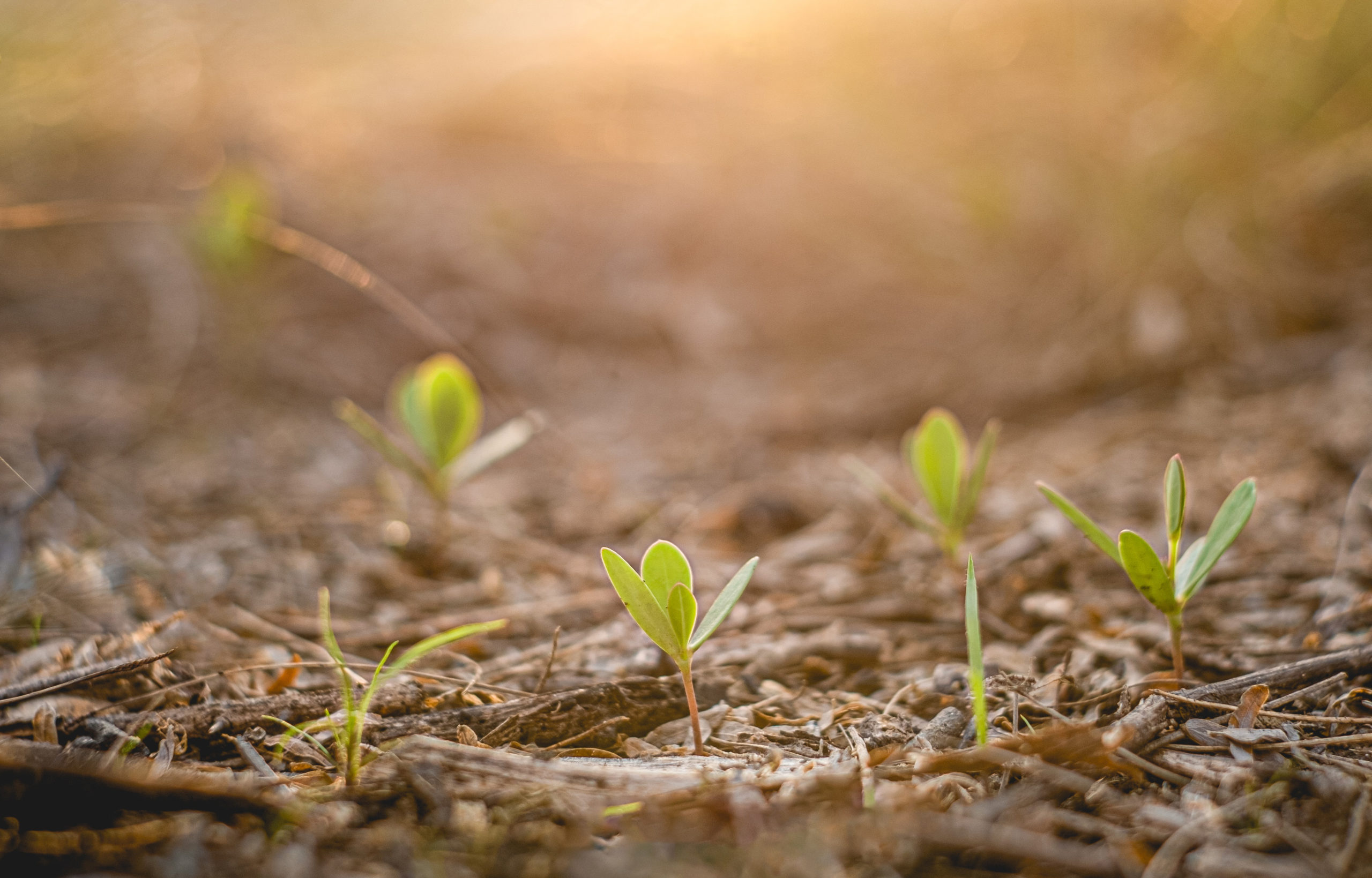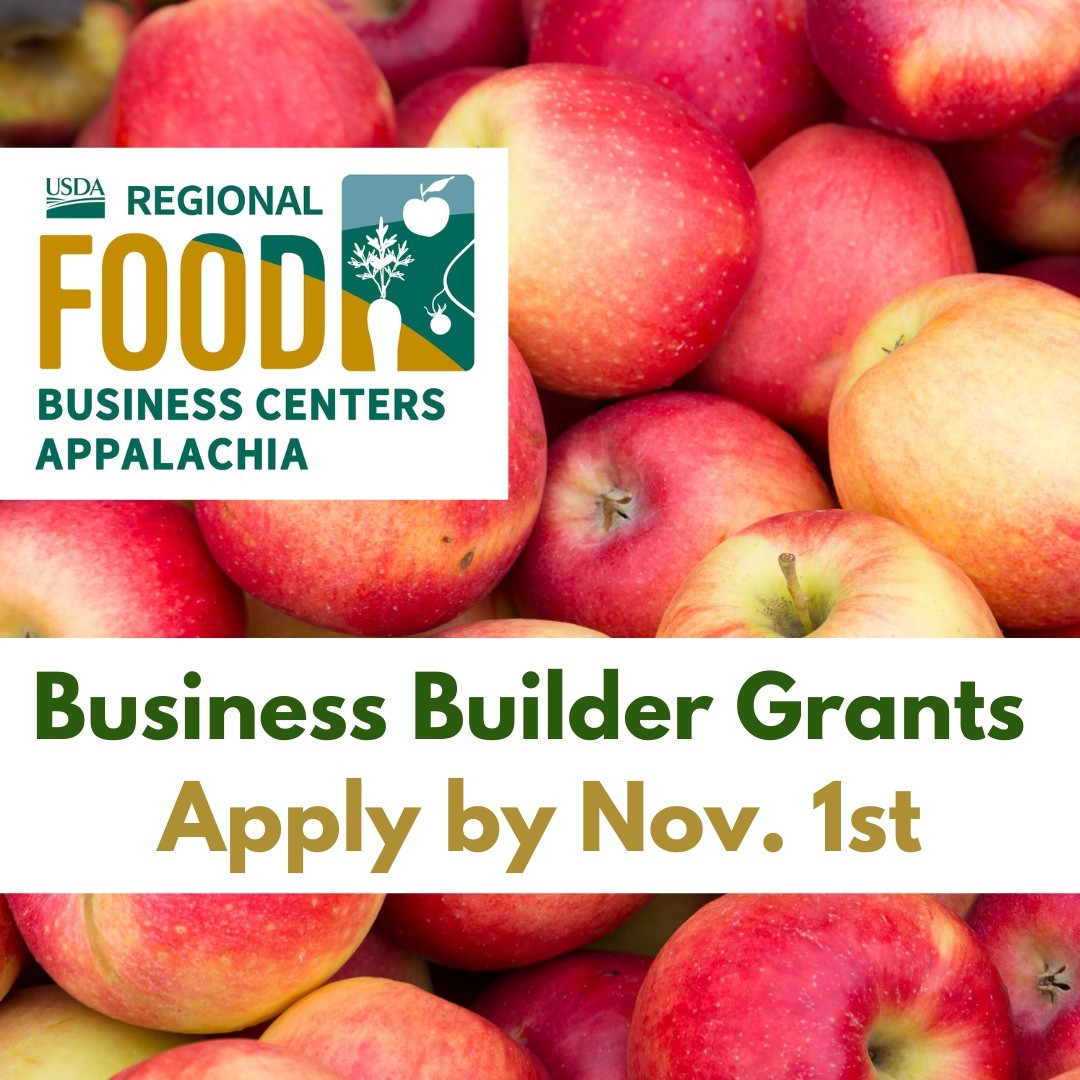The Schumacher Center for a New Economics, a partner of Agrarian Trust tells of the tradition of land gifting and our hopes for an agrarian future.
On a shelf in the Library of the Schumacher Center for a New Economics sits a small wooden box with worn leather handle—13 inches by 8 inches by 2 inches. It opens to reveal the parts of an apparatus for spinning cotton. Govindra Deshpande presented this traveling spinning wheel to Bob Swann at the “Tools for Building Sustainable Local Economies” seminar convened in 1983 by the E. F. Schumacher Society, the predecessor of the Schumacher Center.
Vinoba Bhave
Govindra told how he had walked with Vinoba Bhave, the spiritual successor to Gandhi, during the establishment of the Gramdan Villages of India. Vinoba was concerned with inequity in land distribution, which prevented the landless from constructing homes and earning a livelihood.
To address this concern, Vinoba journeyed from village to village on foot. When he arrived, the villagers would gather around him, so great was their reverence for this gentle man. Vinoba spoke to them as follows: “My brothers and sisters, those of you with more land than you can use, won’t you share that land with your brothers and sisters who are in need?”
Inspired by his appeal, those with excess land would assign title to Vinoba, who would reassign it to the poor. This practice was called “Bhoodan” or “Land Gift.” Much of India’s land was redistributed in this way, but without tools to work the land or capital to build, the land lay unused. The new owners sold their titles back to the wealthy, perpetuating the pattern of unequal distribution. So Vinoba initiated a new practice called “Gramdan” or “Village Gift.” The title to the land was transferred to the village itself, instead of to individuals, and then leased for productive use. If the lessee left the region, the use rights reverted to the village for redistribution. Many of India’s villages became Gramdan Villages, bringing about a peaceful land-reform initiative.
Gandhian Practice
It was the practice of Gandhians to engage in productive labor while holding meetings, thus setting an example for others. When arriving at a village, Vinoba and his followers would sit on the ground, open the cases of the spinning wheels they carried with them, assemble the parts, and spin. Gandhi taught that the spinning of cotton was both a symbol of, and practical step toward, freeing India from the economic oppression of Europe. The cotton was later woven into khadi cloth, a home-spun substitute for the silks and linen imports from Belgium and England.
Govindra told us that the spinning wheel he was giving Bob was the very same one that had been with him during his long walks with Vinoba. He was making this gift because of Bob’s leadership during the community land trust movement—a voluntary land-reform initiative in the United States inspired by Gramdan.
At the seminar, we had just discussed the community land trust as one of the tools citizens could use to implement a new economy that met social, ecological, and cultural criteria. We knew about Bob’s years of work advocating for a new approach to land tenure, and we recognized the appropriateness and gracious generosity of Govindra’s gift. We were all moved.
New Gramdan Movement
In its simplest form, the economy is no more than that place where human labor, organized by human ingenuity, transforms the natural world into products for use by others. All production requires access to land and natural resources; however, Bob taught us it is not land and natural resources that create wealth but rather the transformation of those resources into products needed by others. Land and natural resources are the base, the givens of an economic system, but they are not themselves appropriate commodities.
When land and natural resources are treated as commodities and traded on the market, as they are in our current system, it causes an imbalance in the economy. A small handful of people can then profit from the need of all for access. No new wealth is generated, only a speculative value with all the consequences of a speculative economy, including social inequity and ecological degradation.
How might access to land and natural resources be allocated instead, if not by the market? This was one of the questions Bob Swann addressed in forming the first community land trust in 1969 in Albany, Georgia, as a way for African American farmers to gain access to land. There are now hundreds of community land trusts around the United States, and the movement is spreading to Europe and other parts of the world.
Vinoba Bhave provided the spiritual leadership that brought about such land gifting in India. Region by region around the world a new Gramdan movement will be led by engaged citizens who are alarmed by a deteriorating eco-system and who recognize the injustice of the current system for distributing land. It will start with localized examples of land gifting and grow into a broad cultural revolution for the Commons.
True Value
For years the spinning wheel sat idle on the shelf in the Schumacher Library, the wooden box closed, the pieces unassembled inside it. No one knew how to put it together or use it.
Recently Ron Gaydos, one of the participants of that 1983 E. F. Schumacher seminar, visited the Library with a film crew. He is producing a film on the new economy with the working title of “True Value.” The Schumacher seminar had been a turning point for him in his thinking about economics, and the film would begin with the Berkshire projects he had studied then.
He reminisced about the people at the seminar, including Govindra Deshpande, and said that the Indian elder had taught him how to use a Gandhian spinning wheel. “Do you remember how?” I asked. “Perhaps,” said he.
I brought the spinning wheel from its shelf and unwrapped it. Ron’s hands recalled what he had learned, and soon everyone in the Library watched as the cotton spun. Tears and laughter. We were delighted by the serendipity of the moment and moved by the long history of Commons advocacy represented by the small wooden case again in use.
Agricultural Commons
A new movement for the Commons is being driven by the urgency to move land into the hands and care of next-generation farmers building resilient regional food economies. Led by Greenhorns and incubated at the Schumacher Center for a New Economics, the Agrarian Trust is a national platform for education on alternative land tenure models, engaging stakeholders in a cultural conversation on land access, ownership, and an agricultural commons. The Trust will replicate innovative case models across the country, to ensure that the historic number of farms now being passed from one generation to the next will result in more land held in trust for the common good.
One such model is Indian Line Farm, the first Community Supported Agriculture farm in the U.S. The land is owned by the Community Land Trust in the Southern Berkshires, while the farmers hold a ninety-nine year lease, own the buildings, and run the business.
Greg Watson, the Commissioner of Agriculture for the Commonwealth of Massachusetts addresses the issue of land access, and other community initiatives to support a regional food system, in his wonderful talk for the 2013 Annual Meeting of the Community Land Trust, which you can watch online.
Best regards,
Susan Witt, Executive Director




